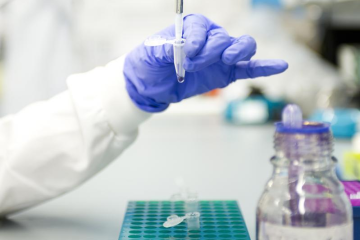Project grant
Maintenance of Lutzomyia longipalpis colonies using an artificial membrane blood-feeding method

At a glance
Completed
Award date
October 2005 - October 2006
Grant amount
£42,497
Principal investigator
Professor Richard Ward
Co-investigator(s)
Institute
Keele University
R
- Reduction
- Replacement
